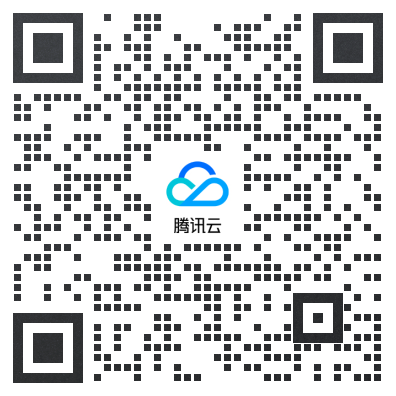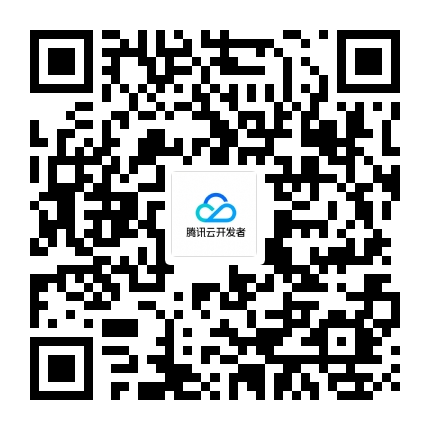使用NSLayoutConstraints在UIView上实现简单的上滑式动画
基础概念
NSLayoutConstraints 是 iOS 开发中用于定义视图布局的类。通过它,可以设置视图之间的相对位置和大小,而不需要直接操作视图的 frame。这种布局方式更加灵活,且能更好地适应不同屏幕尺寸和方向。
相关优势
- 灵活性:可以动态地改变视图的布局,而不需要重新计算 frame。
- 适应性:能够更好地适应不同设备和屏幕方向。
- 代码清晰:布局代码更加直观和易于维护。
类型
NSLayoutConstraints 主要有以下几种类型:
- 边距约束(Margin Constraints):定义视图与其父视图边缘的距离。
- 宽度约束(Width Constraints):定义视图的宽度。
- 高度约束(Height Constraints):定义视图的高度。
- 中心约束(Center Constraints):定义视图相对于其父视图的中心点位置。
- 相对位置约束(Relative Position Constraints):定义视图相对于其他视图的位置。
应用场景
在需要动态改变视图布局的场景中,如动画、响应式设计等,NSLayoutConstraints 非常有用。
实现简单的上滑式动画
以下是一个使用 NSLayoutConstraints 实现 UIView 上滑式动画的示例代码:
import UIKit
class ViewController: UIViewController {
let animatedView = UIView()
let animator = UIViewPropertyAnimator(duration: 1.0, curve: .easeInOut) {
self.animatedView.frame.origin.y -= 100
}
override func viewDidLoad() {
super.viewDidLoad()
// 设置初始布局
animatedView.backgroundColor = .blue
animatedView.translatesAutoresizingMaskIntoConstraints = false
view.addSubview(animatedView)
NSLayoutConstraint.activate([
animatedView.leadingAnchor.constraint(equalTo: view.leadingAnchor, constant: 20),
animatedView.trailingAnchor.constraint(equalTo: view.trailingAnchor, constant: -20),
animatedView.heightAnchor.constraint(equalToConstant: 100),
animatedView.centerYAnchor.constraint(equalTo: view.centerYAnchor)
])
// 添加按钮触发动画
let button = UIButton(type: .system)
button.setTitle("Slide Up", for: .normal)
button.addTarget(self, action: #selector(startAnimation), for: .touchUpInside)
button.translatesAutoresizingMaskIntoConstraints = false
view.addSubview(button)
NSLayoutConstraint.activate([
button.centerXAnchor.constraint(equalTo: view.centerXAnchor),
button.topAnchor.constraint(equalTo: animatedView.bottomAnchor, constant: 20)
])
}
@objc func startAnimation() {
animator.startAnimation()
}
}解释
- 初始化视图:创建一个
UIView并设置其背景颜色。 - 禁用自动调整 frame:将
translatesAutoresizingMaskIntoConstraints设置为false,以便使用NSLayoutConstraints进行布局。 - 添加约束:使用
NSLayoutConstraint.activate方法添加约束,定义视图的位置和大小。 - 创建动画:使用
UIViewPropertyAnimator创建一个动画,改变视图的 frame。 - 触发动画:通过按钮点击事件触发动画。
参考链接
通过这种方式,可以实现灵活且动态的视图布局和动画效果。
相关·内容
-
百度AI抢跑CES2018科技盛典 多款AI产品展现“中国速度”
5250
1分8秒
手持采集仪501TC屏幕显示介绍
3580
1分3秒
手持采集仪501TC如何连接充电通讯线
3370
1分34秒
为什么万物皆可NFT?为什么有的NFT是一个有的是多个呢?
3.7K2
5分30秒
6分钟详细演示如何在macOS端安装并配置下载神器--Aria2
3.4K0
6分7秒
070.go的多维切片
3760
59秒
智慧水利数字孪生-云流化赋能新体验
1.3K0
1分19秒
如何在浏览器Web前端在线编辑PPT幻灯片?
2K0
10分45秒
11分钟详细演示树莓派上安装Home Assistant Supervised,家里的智能设备更智能
2.5K1
10分18秒
开箱2022款Apple TV 4K,配备A15芯片的最强电视盒子快速上手体验
3750
28分44秒
游戏引擎实现的高性能 graphdesk,玩 NebulaGraph 就该痛痛快快
2.4K0
43秒
检信智能非接触式生理参数指标采集识别
1.4K0
扫码
添加站长 进交流群
领取专属 10元无门槛券
手把手带您无忧上云

 云服务器
云服务器 ICP备案
ICP备案 对象存储
对象存储 实时音视频
实时音视频 即时通信 IM
即时通信 IM
